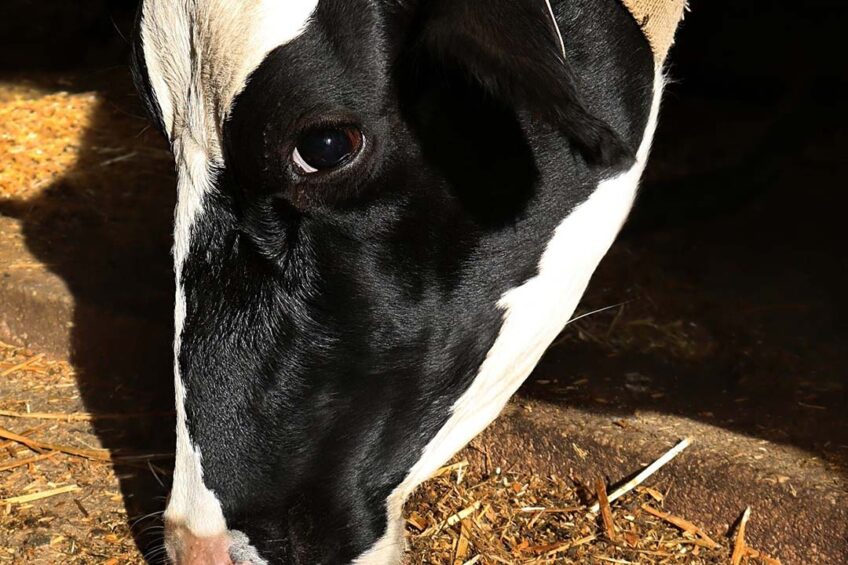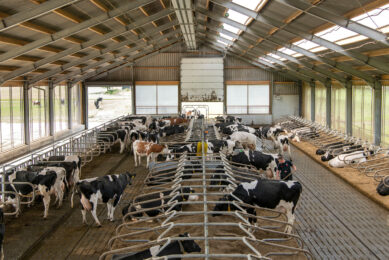Can Maine in the US reverse its dairy farm decline?

Maine is not even in the top 8 milk-producing US states, but for its size, its dairy industry has historically been strong. However, unlike those states at the top – California, Wisconsin, Texas, Idaho, New York, Michigan, Pennsylvania, Iowa and Ohio – production is not holding steady. In Maine, it is dropping off.
Since 1999, the number of dairy farms in Maine has dropped from about 700 to 145. At the same time, Dairy Global recently analysed why the dairy farming sector in the US states of South Dakota is swiftly growing. The US Department of Agriculture recently reported that South Dakota’s dairy cow population has grown 70.5% since 2019.
South Dakota is focused on dairy industry growth, and it doesn’t come with the challenges faced by dairy farmers in the other states. These include overtime labour rules, strict manure and effluent regulation (especially in California) and increasing water shortages.
Those aren’t problems in Maine. Its problem is simple but very serious.
What’s the problem in Maine?
As explained in local media, demand for dairy products is strong in Maine, but the cost to run a dairy farm keeps going up whilst milk prices do not. During the pandemic, many dozens of farms were lost due to higher operation costs without any boosts in farm income.
Also, in 2021, Danone/Horizon Organic terminated contracts with 14 farms in Maine (and more farms in other states). In response to this, a group including Maine Farmland Trust, the Maine Department of Agriculture, Conservation and Forestry, University of Maine Cooperative Extension and the Maine Dairy Industry Association (MDIA) formed a taskforce to help these farms survive.
Now, a new task force is looking for ways to help keep all remaining dairy farms in the state viable. Annie Watson, MDIA president, says its members will do a thorough analysis of the situation and provide recommended solutions by the end of the year.
Hope for a hike
But Watson and others also warn that economic help for dairy farmers is needed now.
Maine’s Agriculture, Conservation and Forestry Committee recently unanimously recommended a 25% increase to the state’s dairy stabilisation prices. The governor also supports this price hike, but state lawmakers may not vote for it in an upcoming decision.
Meanwhile, Maine Farmland Trust is offering a free 5-part webinar series for municipal officials, local advocates and other interested stakeholders to learn more about what town governments can do to support dairy farms and other types of farms.
Join 13,000+ subscribers
Subscribe to our newsletter to stay updated about all the need-to-know content in the dairy sector, two times a week.










